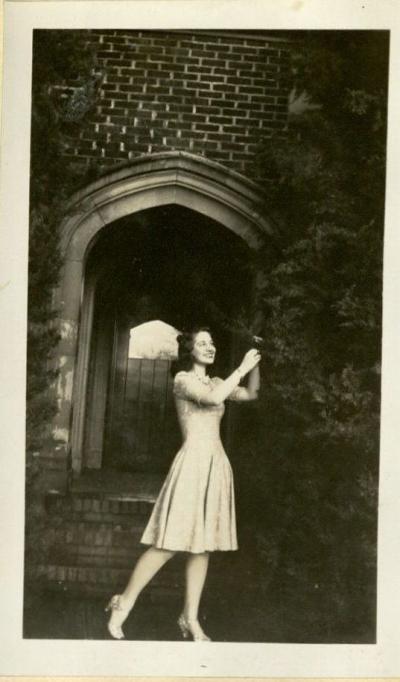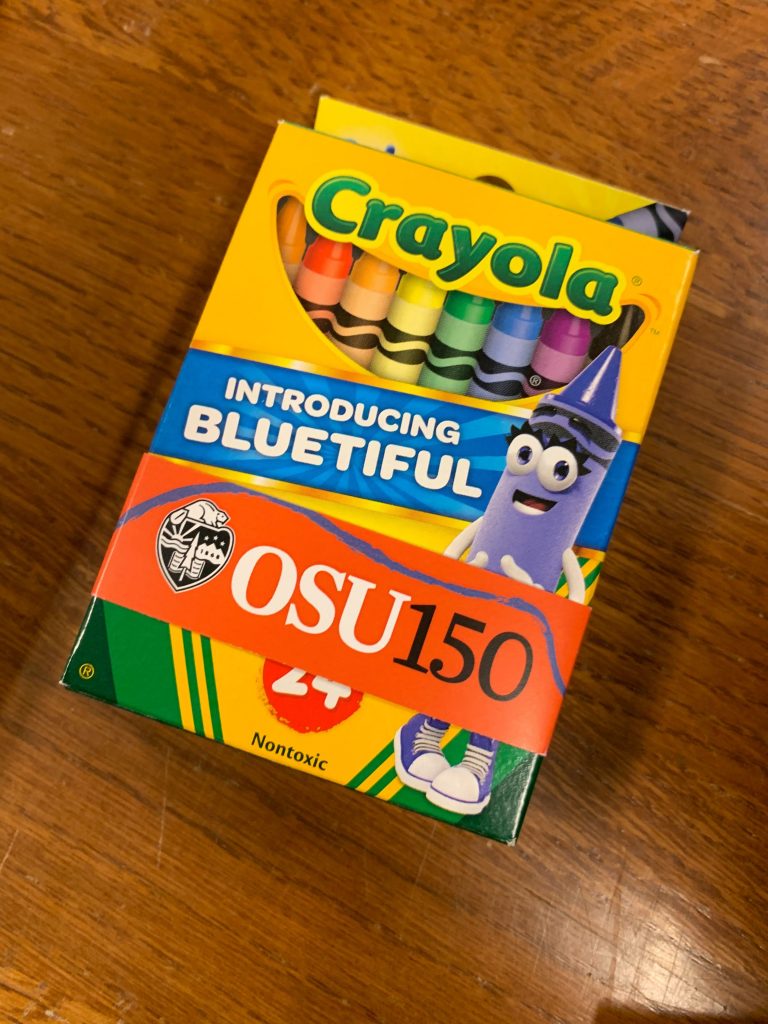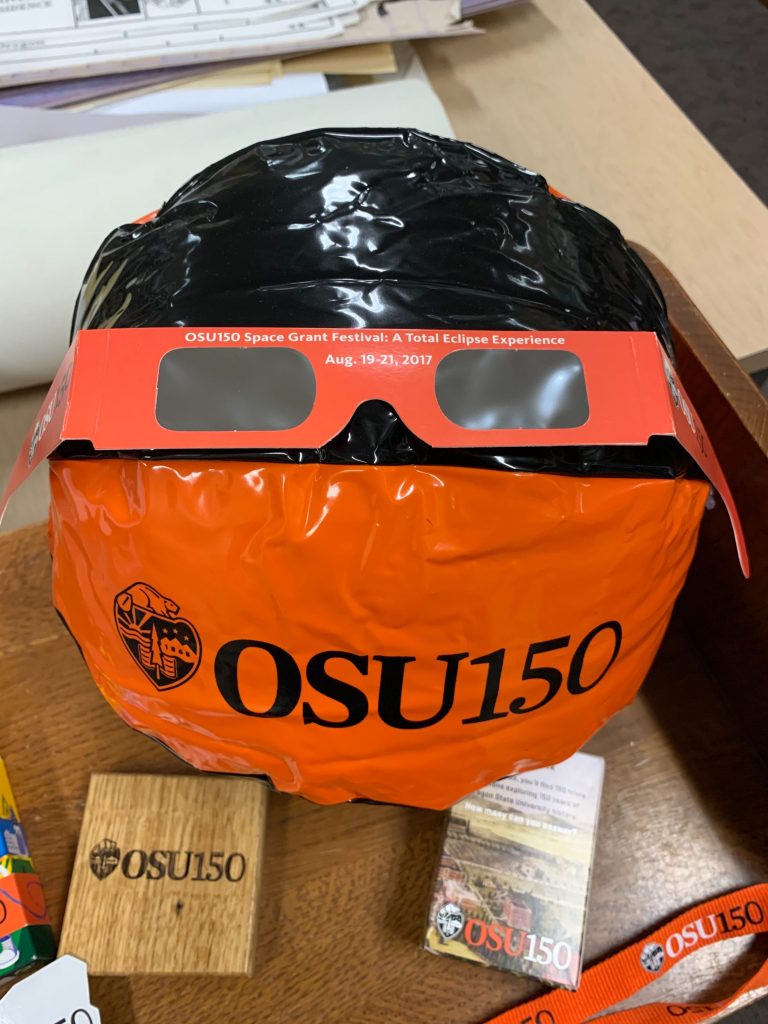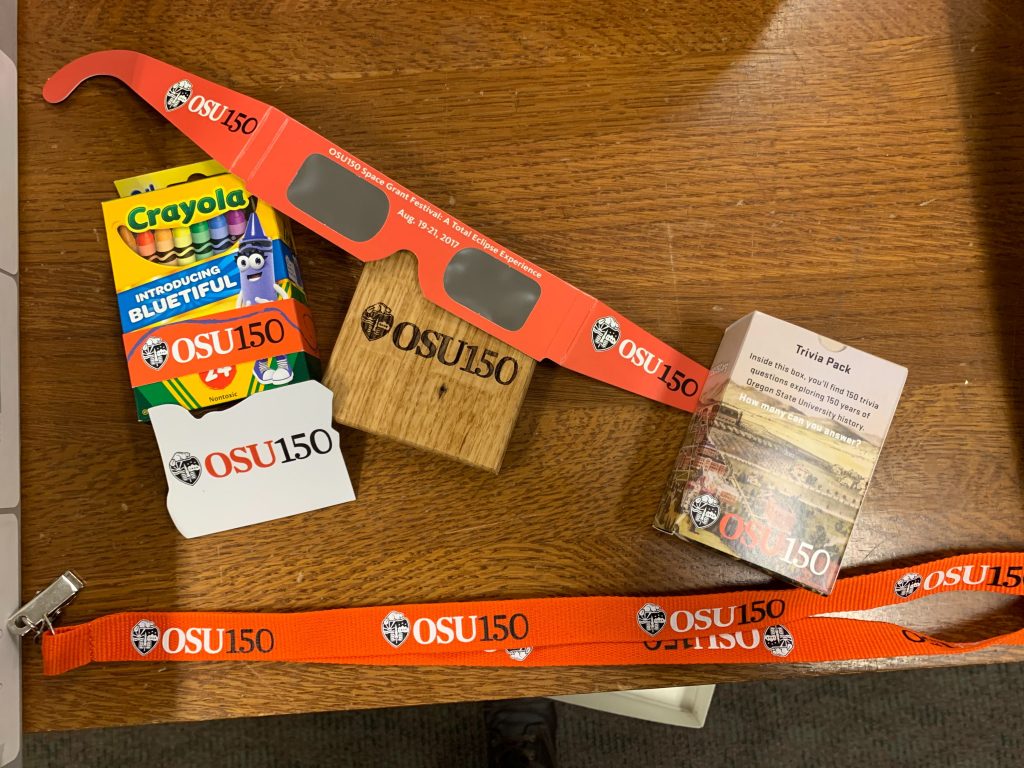

The Department of Physical Education for Women experienced some turbulent years during the 1950s when one of their instructors, Dr. Florence Hupprich, requested a hearing from the Faculty Committee of Review and Appeals for wrongful termination of employment in 1952. She claimed that Dr. Eva Seen, the head of the Department of Physical Education for Women, after long denying her tenure, had fired her without reason. Dr. Hupprich’s case against Dr. Seen would reveal an almost decade-long feud between the two women, and instigate numerous reviews into their character, professional practices, and the department as a whole. Ultimately, these reviews would reveal a department pervaded by sexism, ageism, and maladministration practices.
Dr. Hupprich came to Oregon State College in 1937 as an associate professor in physical education. Before coming to OSC, she was an associate professor at Texas State College for Women. When she began at OSC, Hupprich had a master’s degree in physical education from the University of Wisconsin. In 1944, she requested a leave of absence to obtain her Ph.D. During her leave of absence, she was promoted to the rank of assistant professor. Hupprich obtained her Ph.D. in 1949, and it was then that she began asking Dr. Eva Seen about receiving tenure.
Dr. Hupprich did not mince words with Dr. Seen on this issue. By 1949, no one within the Department of Physical Education for Women had received tenure for over a decade. The department only had two tenured faculty: Dr. Eva Seen and Betty Lynd Thompson. Hupprich had been working at Oregon State for thirteen years by this time, and believed that she had earned the right to tenure. Hupprich pointed out to Dr. Seen that the Department of Physical Education for Men had already granted tenure to many of their faculty. According to Hupprich, Dr. Seen was opposed to granting tenure to any of her faculty. Dr. Seen changed her stance in 1952 when the department adopted and began practicing the standard tenure policy for institutions of higher education. However, Dr. Hupprich was not one of the faculty members to receive tenure in that year. In fact, the majority of the members who did receive tenure had been working at Oregon State for much less time than her. By the end of the 1952 school year, Dr. Hupprich received a letter from Dr. Seen informing her that her employment would be terminated by the spring of 1953. Dr. Seen did not give any reason for firing Hupprich.
Dr. Hupprich was crushed by this. She had spent well over a decade at Oregon State in the hopes of receiving tenure. At fifty-two years old, she worried her career would be over. She fought back against her termination of employment and requested a hearing from the Faculty Committee of Review and Appeals (FCRA). During this time, she contacted Dr. A.L. Strand, the president of Oregon State, informing him of her situation. Strand was well aware of the situation between Seen and Hupprich, as Hupprich had come to him before to ask about tenure policy. Strand agreed to allow Hupprich to remain working at Oregon State until the FCRA completed its review of her case. The review was long delayed and ultimately proved to be unhelpful to Hupprich. During her hearing, she was unable to gain insight into any accusations Seen may have made against her regarding her firing. The committee did, however, find that Hupprich should have received tenure years ago.
Hupprich took her case to the American Association of University Professors (AAUP) in 1954. Not long after she did so, President Strand received a letter from the association inquiring the nature of the relationship between Seen and Hupprich and the circumstances under which Hupprich was fired. Strand wrote back, explaining that Seen and Hupprich’s relationship was nothing more than a clash of personalities. He also stated that according to their policy, any untenured faculty can be terminated with no reason. If Strand’s letter was intended to mollify the association, it certainly did not work. They responded to inform Strand that any faculty member who had been working at the institution for as long as Hupprich had should not have been terminated without receiving a faculty hearing first. They then stated that they would be looking into why Hupprich and Seen didn’t get along.
While the AAUP conducted its review, Hupprich was allowed to continue working at Oregon State. During this time, Dr. Seen came forward and informed President Strand why she had not given Hupprich tenure. Seen claimed that Hupprich was not an engaging instructor and that she was unwilling to take on extra responsibilities outside her work hours. Seen pointed to Hupprich’s salary raises to prove her point. From 1937 to 1954, Hupprich never received a raise based on merit. However, the AAUP looked into student reviews on Dr. Hupprich to judge the quality of her teaching. While some students complained of Hupprich being too “exacting and detailed” in her beginning courses, the AAUP largely found positive reviews about her. They ultimately concluded that she was strict, but “a good teacher”. Ultimately, they concluded that this was in no way grounds for her termination. As for the relationship between Hupprich and Seen, the association found that the women had been feuding for almost a decade. Hupprich claimed that Dr. Seen practiced favoritism in granting merit-based salary raises and tenure. Hupprich and Seen also had many disagreements over teaching and administrative methods. Other staff members in the department concurred that Hupprich was one of the few people that occasionally stood up to Dr. Seen’s “autocratic procedures”. Hupprich even agreed with Dr. Strand’s explanation that the situation between her and Dr. Seen could be described as a character clash. However, she also added that she felt Dr. Seen had been jealous of her ever since she obtained her Ph.D. The association found that Dr. Seen had been encouraging Dr. Hupprich to seek employment elsewhere since 1945, when she was on leave to study for her degree. Hupprich had also been complaining about her low salary since that time. In a letter written to Dr. Seen that year, Hupprich complained about how little she was paid, given her education level. Dr. Seen had shown dissatisfaction with Hupprich’s decision to take a leave of absence to accept a graduate assistantship with the University of Oregon.
“Oregon State College, I feel, owes me some consideration since I served the department for a very low salary for several years. With new instructors just out of college getting only $225 less than I would after more than a year’s work toward a doctor’s degree does not seem to justify my returning at this time.”
The AAUP concluded in a letter written to President Strand that there was evidence that Dr. Seen had some failings as an administrator. In 1955, the American Association of University Professors concluded that Hupprich was unfairly terminated and was entitled to indefinite tenure. This was granted by President Strand.
But Dr. Hupprich’s case was not over yet. At this point, there was little reason for those in charge to think the case of Dr. Hupprich and Dr. Seen was anything more than an extreme character clash between two faculty members. It would be easy to assume the incident was an isolated occurrence within the department. But only a few years later in 1957, another faculty member, Betty Lynd Thompson, came forward and requested a review from the FCRA. Thompson claimed in 1957 that she was being unjustly differentiated against by Dr. Seen and Dr. Langton in her salary.
Thompson had a unique perspective within the department, because she had worked there longer than Dr. Seen had. She had seen how the department was run before Dr. Seen arrived. Thompson was also the only staff member who had already been tenured before Dr. Seen had arrived. In a letter written to President Strand, Thompson stated that the Department of Physical Education for Women had been negatively impacted by Dr. Seen’s leadership. She described the general atmosphere among the faculty as having a low morale.
Thompson had come forward in 1957 with the complaint that Dr. Seen showed favoritism in her decisions to grant promotions and salary raises. She also raised a complaint about Dr. Seen and Dr. Langton, the head of the Department of Physical Education, who she claimed had encouraged her students to petition against her.
According to Thompson, in 1957-1958, Dr. Langton and Dr. Seen had a private conference with two of Thompson’s students who were upset over their low grades from Thompson’s classes. They suggested to these students that they should circulate a petition against Thompson. Thompson was not made aware of these meetings or the petition until a year later.
Thanks to OSU alumna Julia Fox (class of 2018) for her research and writing of this piece!






